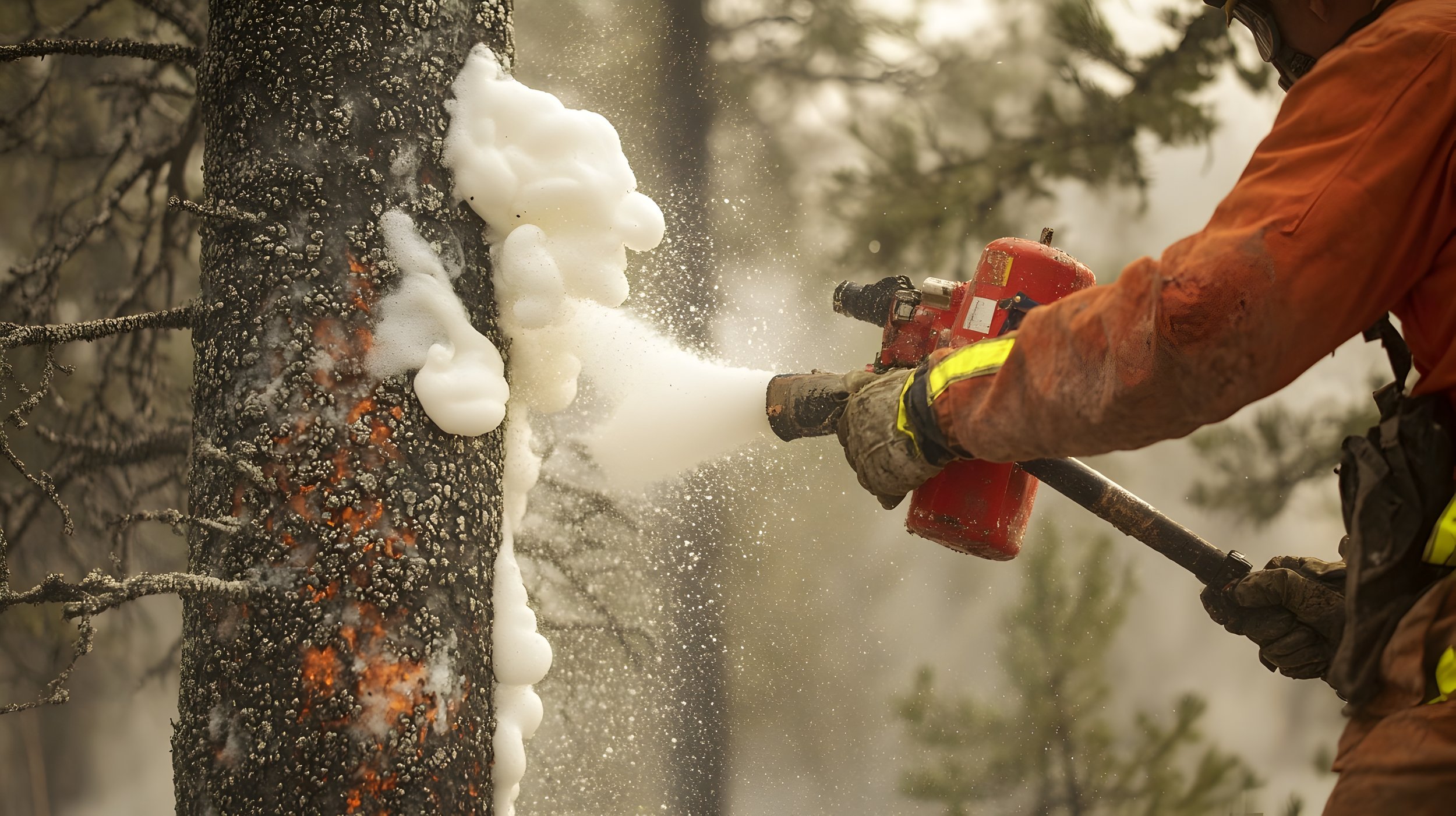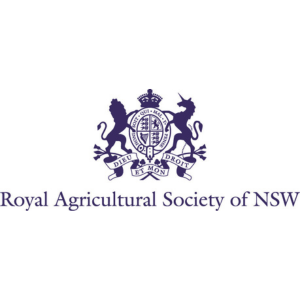
Remediation of PFAS Contaminated Water by Vacuum Ultraviolet Irradiation
The Challenge
Per- and poly-fluoroalkyl substances (PFAS), or 'forever chemicals,' are toxic compounds widely used in industrial processes and everyday products that threaten public health. These persistent pollutants contaminate the environment through industrial runoff, and firefighting foams, and evade standard destruction methods. Current treatments simply filter and indefinitely store the PFAS, creating a perpetual risk of recontamination. One method of fully degrading the chemical utilises vacuum ultraviolet (VUV) radiation, but it cannot be scaled due to the poor efficiency of UV sources available on the market.
The Solution
This project offers a sustainable solution to PFAS contamination by replacing conventional filtration methods with a novel, high-efficiency VUV radiation technology. Unlike ion exchange and carbon adsorption—which merely transfer PFAS to another medium—this approach uses a hydrogen plasma-based VUV source developed at ANU to break down PFAS in water through photolysis. The system is over 30 times more energy-efficient than traditional mercury lamps and can irradiate large water volumes simultaneously. Early projections show it can degrade 80% of PFOS in just six minutes, compared to 10 hours using standard UV systems. The proposed pilot reactor will include real-time sensing to monitor defluorination and PFAS levels, allowing for adaptive treatment. With potential for faster, scalable water treatment and reduced environmental risk, this innovation addresses urgent agricultural and environmental needs.







